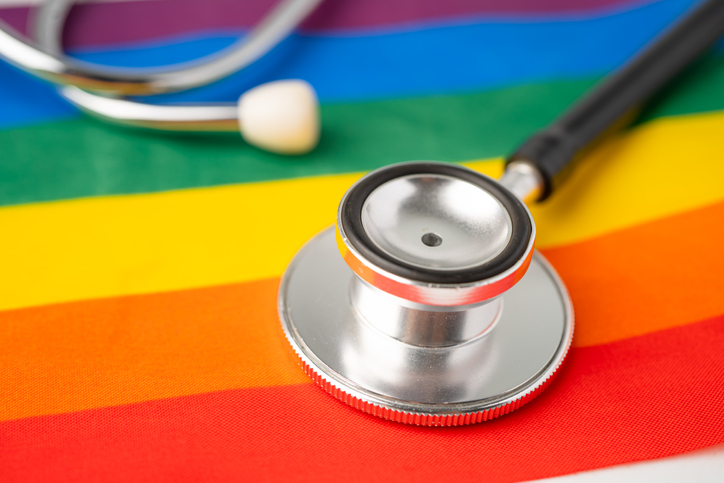
LGBTQ patients’ preventive health knowledge lags behind the general population, report says – MedCity News

As Pride Month comes to a close, it is important to remember that members of the LGBTQ community still experience significant health disparities compared to the general population in the U.S. Research shows nearly one-sixth of LGBTQ Americans avoid or delay medical treatment because of discrimination, and about 30% find it difficult to access care due to cost.
A key health disparity among the LGBTQ community is the lack of knowledge on preventive health, according to a new report co-authored by health tech company Phreesia and healthcare communication agency Klick Health. The report found that 45% of LGBTQ patients get preventive health reminder messages from their doctor’s office, compared to 64% of the overall population.
The survey, conducted in January, was completed at the point of care by 520 members of the LGBTQ community. It showed varying levels of familiarity with the different types of preventive services. For example, awareness for HIV and mental health screenings was higher among the LGBTQ community than the general population. However, awareness for other important preventive health screenings, such as those for blood pressure and cholesterol, was higher among the general population.
“Those contrasts could be explained by years of tailored interventions for LGBTQ populations having a measurable population-level impact,” said Thea Briggs, Phreesia’s associate director for content strategy. “They also may also indicate that public service announcements and other awareness efforts about preventive health items such as cardiovascular health are less effectively reaching LGBTQ patients.”
The report also found that 42% of LGBTQ patients are “not at all confident” they know what cancer screenings they should have. This percentage rose to 54 among respondent who were non-cisgender. Healthcare providers can address this problem by increasing their efforts to ensure all patients are made aware of when they are due or past due for recommended preventive care, Briggs said.
She also suggested healthcare providers make the costs associated with preventive care transparent, as many survey respondents acknowledged they lacked understanding of which preventive care services are covered by their insurance. Just 28% of LGBTQ patients said preventive care is completely covered by their insurance, compared to 48% of the general population.
Increasing the LGBTQ community’s engagement in preventive health will require the healthcare industry to deploy targeted awareness campaigns. To effectively build those, the industry must better understand the state of health among LGBTQ Americans. Gaining this understanding means more LGBTQ populations must be included in research, such as clinical trials and population health studies.
“We also have a long way to go in terms of understanding the health of different subpopulations within the larger LGBTQ community and how factors such as race and socioeconomic status intersect with sexual orientation and gender identity,” Briggs pointed out.
Briggs also suggested healthcare providers sponsor continuing education programs to train their clinicians so that they are prepared to offer inclusive care to LGBTQ patients. Since inclusive care training programs educate clinicians on the unique need of a specific community, clinicians often learn how to address care discrepancies they may not even have been aware of prior to the program.
One example of an inclusive care initiative came Wednesday when Healthgrades announced its partnership with OutCare Health. The partnership allows patients looking for providers on Healthgrades’ platform to search for clinicians who identify as culturally competent in the care of the LGBTQ community. These kinds of efforts should continue, as they could help LGTBQ people feel more comfortable in healthcare settings and therefore more confident to get the care they need, Briggs said.
Photo credit: sasirin pamai, Getty Images